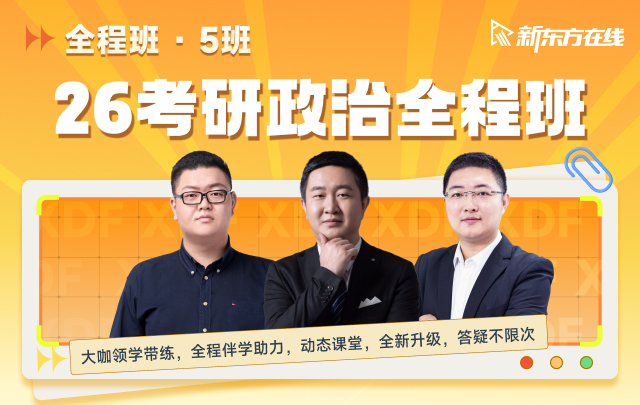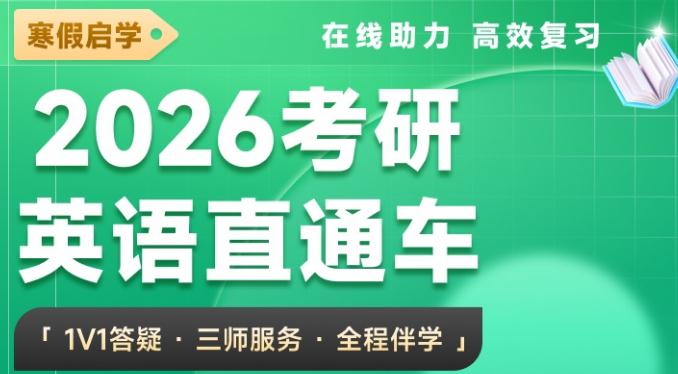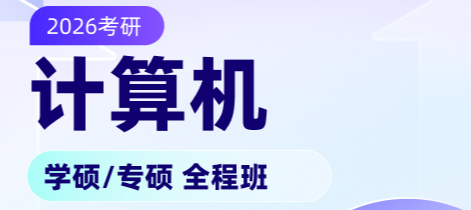1998-2022 ChinaKaoyan.com Network Studio. All Rights Reserved. 沪ICP备12018245号
考研倒计时:阅读模拟练习(3)
Scientists have known since 1952 that DNA is the basic stuff of heredity. They've known its chemical structure since 1953. They know that human DNA acts like a biological computer program some 3 billion bits long that spells out the instructions for making proteins, the basic building blocks of life.
But everything the genetic engineers have accomplished during the past half-century is just a preamble to the work that Collins and Anderson and legions of colleagues are doing now. Collins leads the Human Genome Project, a 15-year effort to draw the first detailed map of every nook and cranny and gene in human DNA. Anderson, who pioneered the first successful human gene-therapy operations, is leading the campaign to put information about DNA to use as quickly as possible in the treatment and prevention of human diseases.
What they and other researchers are plotting is nothing less than a biomedical revolution. Like Silicon Valley pirates reverse-engineering a computer chip to steal a competitor's secrets, genetic engineers are decoding life's molecular secrets and trying to use that knowledge to reverse the natural course of disease. DNA in their hands has become both a blueprint and a drug, a pharmacological substance of extraordinary potency that can treat not just symptoms or the diseases that cause them but also the imperfections in DNA that make people susceptible to a disease.
And that's just the beginning. For all the fevered work being done, however, science is still far away from the Brave New World vision of engineering a perfect human—or even a perfect tomato. Much more research is needed before gene therapy becomes commonplace, and many diseases will take decades to conquer, if they can be conquered at all.
In the short run, the most practical way to use the new technology will be in genetic screening. Doctors will be able to detect all sorts of flaws in DNA long before they can be fixed. In some cases the knowledge may leadto treatments that delay the onset of the disease or soften its effects. Someone with a genetic predisposition to heart disease, for example, could follow a low-fat diet. And if scientists determine that a vital protein is missing because the gene that was supposed to make it is defective, they might be able to give the patient an artificial version of the protein. But in other instances, almost nothing can be done to stop the ravages brought on by genetic mutations. (409 words)
1. It can be inferred from the text that Collins and Anderson and legions of colleagues _____.
[A] know that human DNA acts like a biological computer program
[B] have found the basic building blocks of life
[C] have accomplished some genetic discovery during the past half-century
[D] are making a breakthrough in DNA
2. Collins and Anderson are cited in the text to indicate all the following EXCEPT that ______.
[A] time-consuming effort is needed to accomplish the detailed map of in human DNA
[B] human gene-therapy operations may be applied to the patients
[C] gene-therapy now is already generally used to the treatment and prevention of human diseases
[D] information about DNA may be used in the treatment and prevention of human diseases
3. The word “pirate” (line 2, paragraph 3) means______.
[A] one who robs at sea or plunders the land from the sea
[B] one who makes use of or reproduces the work of another without authorization
[C] to take (something) by piracy
[D] to make use of or reproduce (another's work) without authorization
4. We can draw a conclusion from the text that_____.
[A] engineering a perfect human is not feasible for the time being
[B] it‘s impossible for scientists to engineer a perfect tomato
[C] many diseases will never be conquered by human beings
[D] doctors will be able to cure all sorts of flaws in DNA in the long run
5. The best title for the text may be ______.
[A] DNA and Heredity
[B] The Genetic Revolution
[C] A Biomedical Revolution
[D] How to Apply Genetic Technology
来源未注明“中国考研网\考研信息网”的资讯、文章等均为转载,本网站转载出于传递更多信息之目的,并不意味着赞同其观点或证实其内容的真实性,如涉及版权问题,请联系本站管理员予以更改或删除。如其他媒体、网站或个人从本网站下载使用,必须保留本网站注明的"稿件来源",并自负版权等法律责任。
来源注明“中国考研网”的文章,若需转载请联系管理员获得相应许可。
联系方式:chinakaoyankefu@163.com
- 2026考研英语全程班 6班
- 权威高配师资亲授技巧,教研千锤百炼科学提分。直录播课相结合精讲互动二合一,专业团队精细化作文批改。讲练结合,随学随练稳步提升。支持试听~
- 主讲团队:王江涛、谭剑波、董仲蠡、许聪杰、陈志超、潘赟、郑艳彤、易熙人

扫码关注
了解考研最新消息












